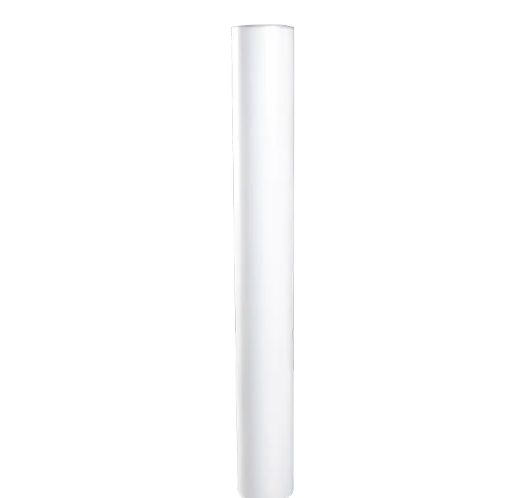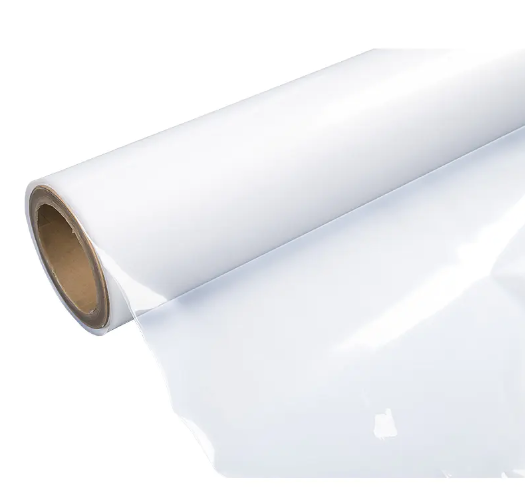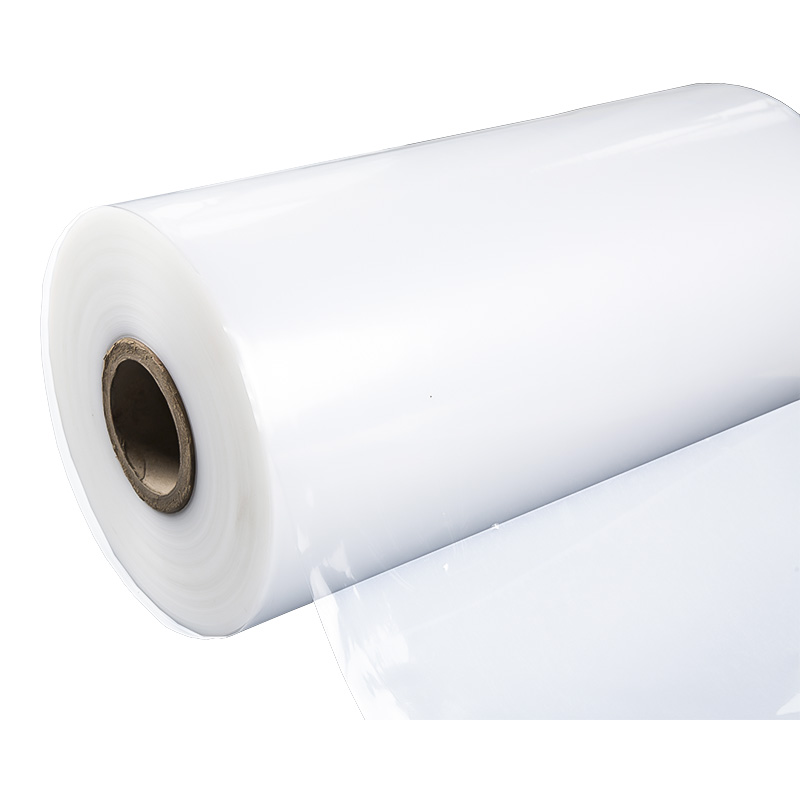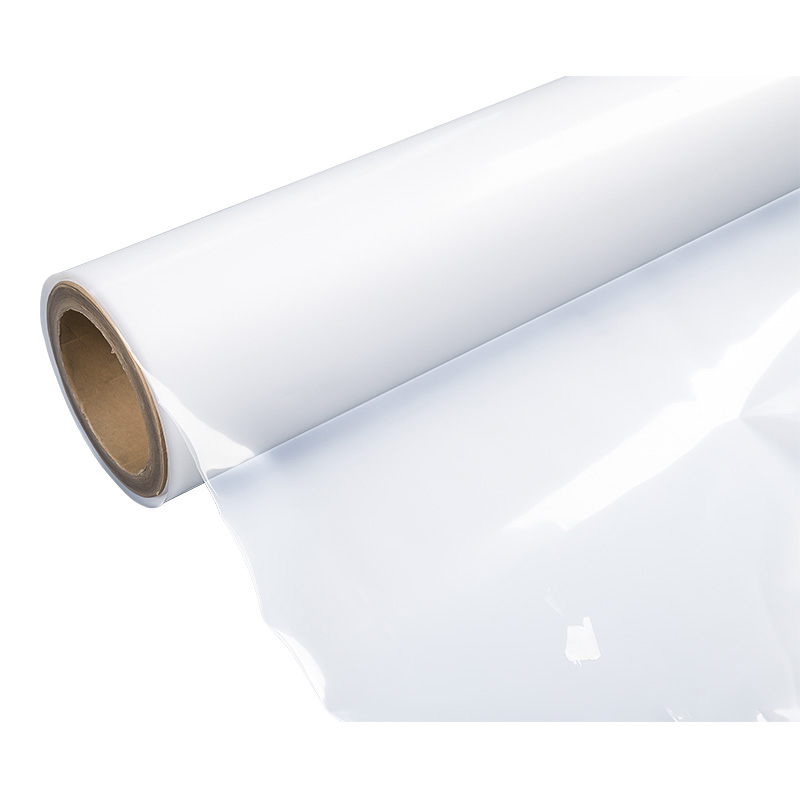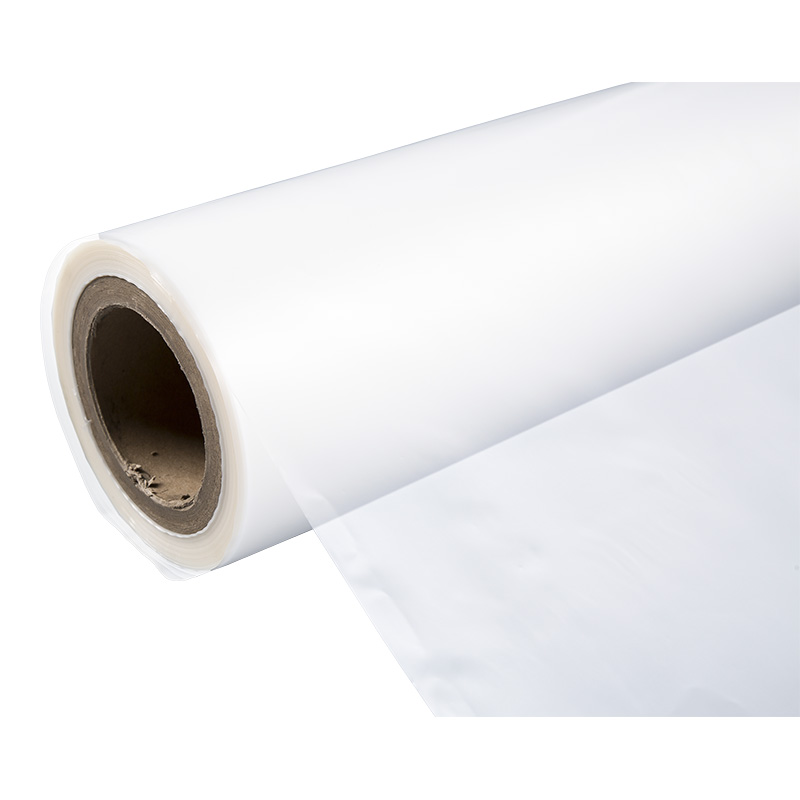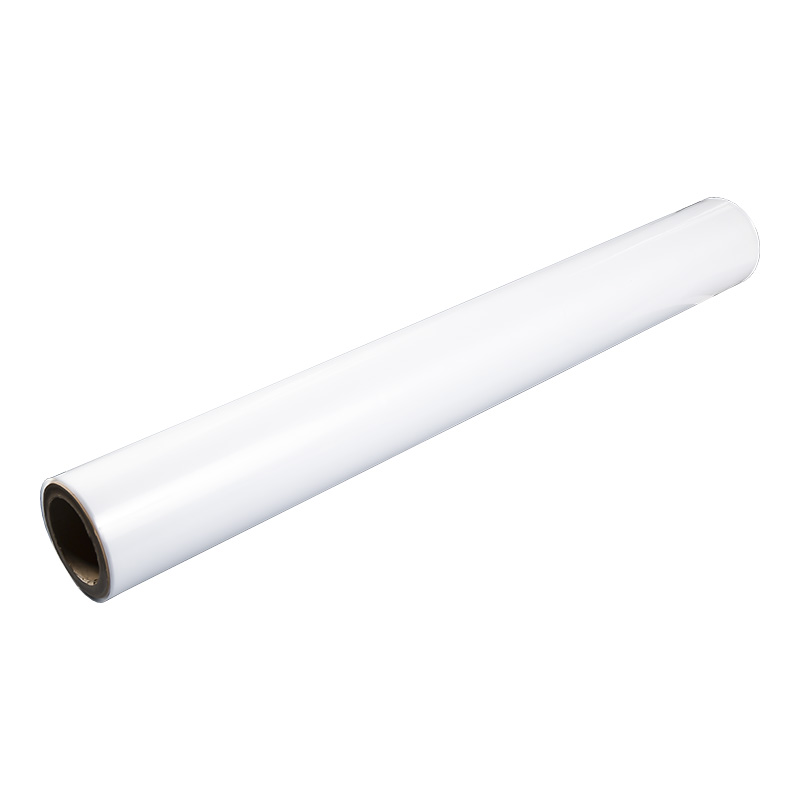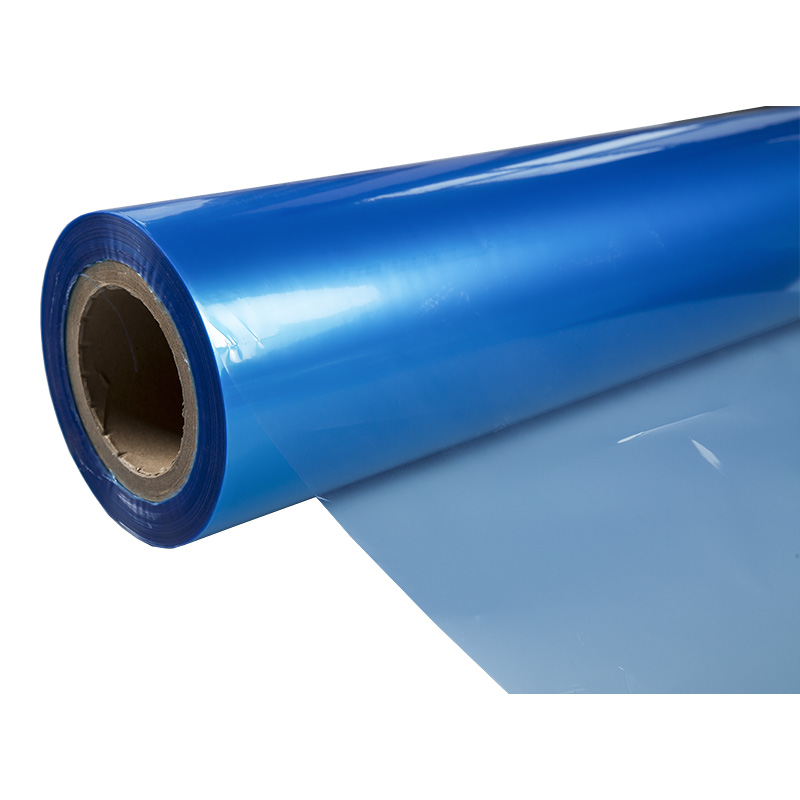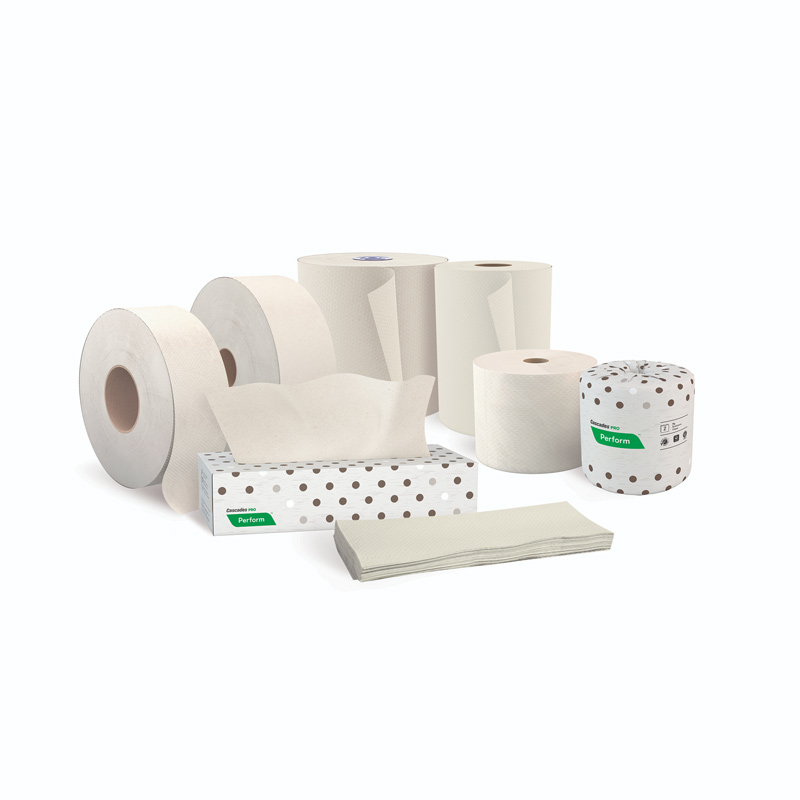1. Introduction: Evolution and innovation of plastic materials
1.1 Challenges and opportunities in the plastics industry
As an indispensable material in modern industry and consumer products, plastics have penetrated into all walks of life, from packaging to automobiles, construction, electronic products, medical equipment, etc. However, with the increasing awareness of environmental protection, the environmental burden brought by plastic materials has gradually become the focus of public attention. In particular, the widespread use of disposable plastic products has made plastic pollution a global environmental problem.
With the increasing attention to environmental protection, the plastics industry faces a series of challenges and opportunities. The industry must achieve sustainable development and reduce the negative impact of plastics on the environment while ensuring performance. To this end, innovation has become the core force to promote the sustainable development of the plastics industry. In recent years, the application of polymer modification technology and mixtures is becoming the key to solving this problem.
1.2 Basic overview of Ldpe and HDpe
Low-density polyethylene (LDPE) and high-density polyethylene (HDPE) are one of the most common types of plastics, and they are widely used in many fields. LDPE has high flexibility and low density, and is suitable for flexible products such as films and packaging bags. In contrast, HDPE has higher rigidity and strength and is widely used in products such as pipes and containers that need to withstand greater forces.
However, when these two plastics are used alone, their respective advantages and disadvantages are also very obvious. Although LDPE is flexible, it is easy to deform when subjected to heavy pressure; while HDPE has a higher hardness, it lacks toughness and flexibility. Combining the two can give full play to their respective advantages, thus providing a new direction for improving the performance of plastic materials.
2. Advantages and performance improvement of LDPE and HDPE mixture
2.1 Combining the physical properties of LDPE and HDPE
The most notable feature of the LDPE and HDPE mixture is that it can combine the physical properties of the two: the flexibility of LDPE and the high strength of HDPE. Through scientific proportioning, the physical properties of LDPE and HDPE mixture have been significantly improved. For example, the high ductility of LDPE combined with the rigidity of HDPE makes the material more stable in various use environments. The softness of LDPE gives the mixture good impact resistance, while the high strength of HDPE ensures that the material is not easily deformed when subjected to heavy pressure.
In addition, the density of the mixture of LDPE and HDPE has also been effectively optimized. The mixture can improve the overall strength and durability while maintaining a relatively light weight.
2.2 Strengthening weather resistance and chemical resistance
The weather resistance of LDPE and HDPE mixture is of great value in many industries. HDPE's UV resistance allows the mixture to be used for a long time in outdoor environments and resist aging due to solar radiation. LDPE's flexibility allows it to maintain its good performance even in extremely low temperature environments.
At the same time, this mixture has excellent chemical resistance. It has strong resistance to a variety of chemicals such as acids, alkalis, and solvents, making it have broad application prospects in the fields of chemical packaging and transportation.
2.3 Improving processability and plasticity
LDPE and HDPE mixture has good processing performance. Since LDPE itself has a low melting point when heated, its melt fluidity can be improved after mixing, thereby improving processing efficiency. The higher heat resistance provided by HDPE enables this mixture to be stably processed at higher temperatures and adapt to various production processes such as injection molding, blow molding, extrusion, etc.
During the production process, the processability of LDPE and HDPE mixture saves production costs and time for enterprises, improves production efficiency, and reduces scrap rate.
2.4 Improve the impact resistance and toughness of materials
The advantages of LDPE and HDPE mixture in toughness cannot be ignored. For products that need to withstand impact and pressure, the application of the mixture can effectively reduce the breakage rate. Especially in low temperature environments, this mixture can show excellent impact resistance and ductility, reducing the brittleness of plastic materials.
For example, in the cold environment of winter, LDPE and HDPE mixture can be used as packaging materials, automotive parts or building materials to ensure that it still has strong toughness at low temperatures and avoid breakage or deformation caused by low temperatures.
3. Wide application areas of LDPE and HDPE mixture
3.1 Wide application in the packaging industry
LDPE and HDPE mixture are widely used in the packaging industry. Due to its good flexibility and strength, the mixture is often used to produce food packaging bags, pharmaceutical packaging materials, and other daily consumer product packaging materials. Compared with traditional plastics, the mixture can provide better physical protection and extend the shelf life of goods.
In addition, the chemical resistance of the mixture also enables it to play an important role in the field of chemical packaging, especially in packaging environments that require moisture, water and corrosion resistance, the mixture can effectively protect the product from external influences.
3.2 Innovation in the automotive industry
In the automotive industry, the application of LDPE and HDPE mixture also has broad prospects. Its impact resistance and strength make the mixture very suitable for automotive exterior parts, interior parts, window seals, etc. Compared with traditional materials, LDPE and HDPE mixture can provide stronger durability and longer service life, effectively improving the overall safety and performance of the car.
3.3 Performance improvement of construction and piping systems
LDPE and HDPE mixture is also widely used in the construction industry. For example, it can be used as a waterproof layer, insulation material in building materials, and even used in the piping system of buildings. Especially in the piping industry, LDPE and HDPE mixture can provide higher corrosion resistance and is suitable for infrastructure such as water pipes and gas pipes, extending service life and reducing maintenance costs.
3.4 Promotion of environmental protection and green technology
With the continuous improvement of environmental awareness, the environmental protection characteristics of LDPE and HDPE mixture make it an important driving force for the development of green technology. Through reasonable formula adjustment, the mixture can meet the performance requirements while reducing environmental pollution. For example, the recyclability and degradability of the mixture make it an ideal material to replace traditional plastics, providing companies with a more environmentally friendly production option.
4. Dual drive of environmental protection and economic benefits
4.1 Innovative materials that promote sustainable development
With increasingly stringent global environmental regulations, governments and companies are accelerating the goal of sustainable development. In the plastic production process, the emergence of LDPE and HDPE mixture provides an important idea for solving environmental pollution problems. These mixtures can not only reduce production costs by reducing material waste, but also have recyclability, which helps to reduce the accumulation of plastic waste.
In the green environmental protection trend, companies using this mixture can establish a responsible brand image while ensuring product quality. The use of recyclable and low-pollution materials is in line with the green consumption trend, which helps to attract environmentally conscious consumers and improve market competitiveness.
4.2 Save resources and reduce production costs
The low-cost characteristics of LDPE and HDPE mixture are also one of the important reasons for its popularity. By mixing the two materials, companies can reduce production costs without sacrificing performance. For example, although HDPE has high strength and rigidity, its production cost is high. By mixing with LDPE, enterprises can reduce the proportion of HDPE used, thereby reducing the cost of raw material procurement.
In addition, the excellent processing properties of LDPE and HDPE mixture make the production process more efficient, saving production time and energy consumption, thereby further reducing production costs.
4.3 Promote resource recycling
In terms of environmental protection and resource recycling, LDPE and HDPE mixture has demonstrated its unique advantages. This mixture has a high recycling value, especially in the field of plastic recycling, and its easy decomposition and processing characteristics make it an important part of the circular economy. Compared with traditional plastics, the mixture of LDPE and HDPE is more efficient in resource recycling, and can significantly reduce resource waste through recycling and reuse, promoting the sustainable development of the plastics industry.
For enterprises, using LDPE and HDPE mixture means that it is easier to comply with environmental protection policies and enjoy multiple benefits such as policy support and tax incentives.
5. Future Outlook: Innovation and Development of LDPE and HDPE Mixtures
5.1 Continuous Optimization of Material Properties
With the continuous advancement of science and technology, the research and application of LDPE and HDPE mixtures are still in constant innovation. In the future, with the in-depth development of materials science, LDPE and HDPE mixture may further optimize its performance, for example, by introducing new additives and modification technologies to further improve its high temperature resistance, UV resistance, corrosion resistance and other properties.
For example, through the application of nanotechnology, the future LDPE and HDPE mixture may have higher strength and better wear resistance, and can be used in more extreme working environments, such as aerospace, marine engineering and other fields.
5.2 Expansion of cross-industry applications
At present, LDPE and HDPE mixture are mainly used in packaging, automobiles, construction and other fields. With the advancement of technology, its application range will be further expanded in the future, especially in smart products and high-tech fields. For example, with the rapid development of smart homes and smart medical devices, LDPE and HDPE mixture is expected to be more widely used in these fields. For example, the mixture may be used as smart packaging materials, electronic equipment casings, etc., further enhancing its versatility and application range.
5.3 International cooperation and technology sharing
With the deepening of globalization, the research and development of LDPE and HDPE mixture is not just a matter of a certain region or country, and cross-border cooperation and technology sharing are becoming more and more important. Research institutions and enterprises around the world will have more in-depth cooperation in material innovation, production processes, green technology, etc. to promote the sustainable development of this field.
For example, in Europe and the United States, the cooperation between enterprises and academia has promoted the research of new plastic mixtures. In the future, the production process of LDPE and HDPE mixture may be more efficient, further reduce costs, and improve environmental protection.
5.4 Promote policy support and industry standardization
With the increasing market demand for environmentally friendly materials, the government and industry associations are also actively promoting the standardization and normalization of the plastics industry. In the future, relevant policies and regulations will encourage and promote the widespread application of LDPE and HDPE mixture in various industries and promote its development.
For example, the government may introduce more policies to encourage enterprises to use recyclable and environmentally friendly materials and provide more financial support and subsidies. Through the guidance of policies, the production and application of LDPE and HDPE mixture will become more standardized, which will help the green transformation of the plastics industry.
6. Conclusion: Future potential of LDPE and HDPE mixture
The widespread application of LDPE and HDPE mixture has brought new opportunities and challenges to the plastics industry. From the optimization of physical properties to the dual promotion of environmental protection and economic benefits, LDPE and HDPE mixtures have demonstrated their great potential in various fields. With the continuous advancement of technology, the application scenarios of this mixture will be more diversified in the future, meeting the needs of more industrial fields and consumers.
For enterprises, the use of LDPE and HDPE mixture can not only improve the performance and competitiveness of products, but also reduce production costs on the basis of environmental protection, promote the recycling of resources, and meet the requirements of global sustainable development.
As the world pays more and more attention to environmental protection, the future prospects of LDPE and HDPE mixture are undoubtedly broad. They are not only an important direction for the development of the plastics industry, but also an important force in solving environmental problems and promoting the green economy. While pursuing innovation, enterprises are also contributing to a better future.
 +86 139-6715-0258
+86 139-6715-0258 
 Monday to Friday 8 am. to 6 pm.
Monday to Friday 8 am. to 6 pm. 
 English
English 中文简体
中文简体